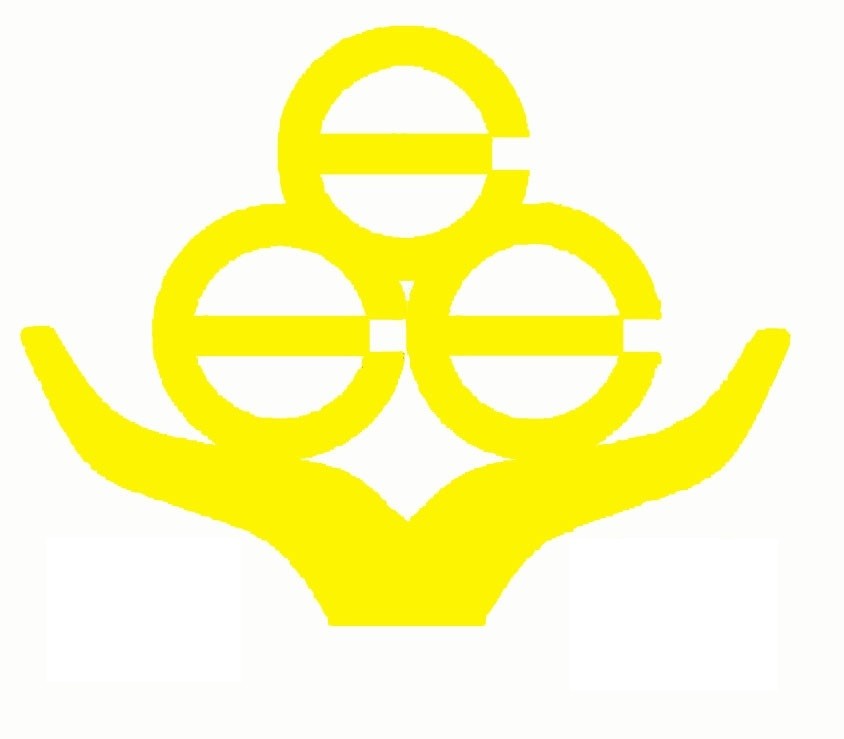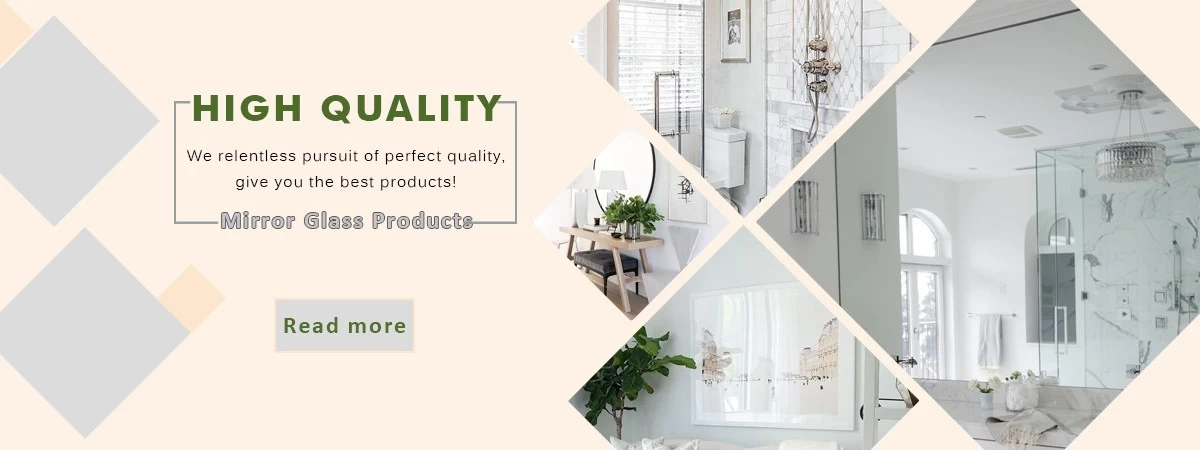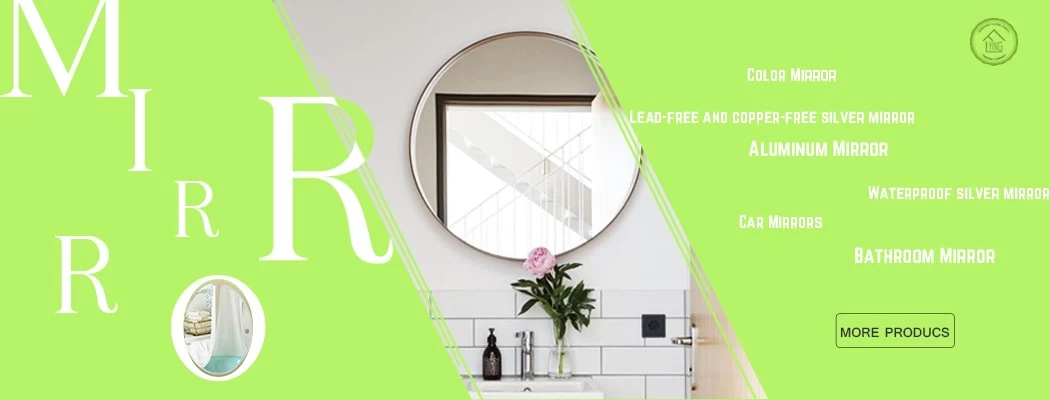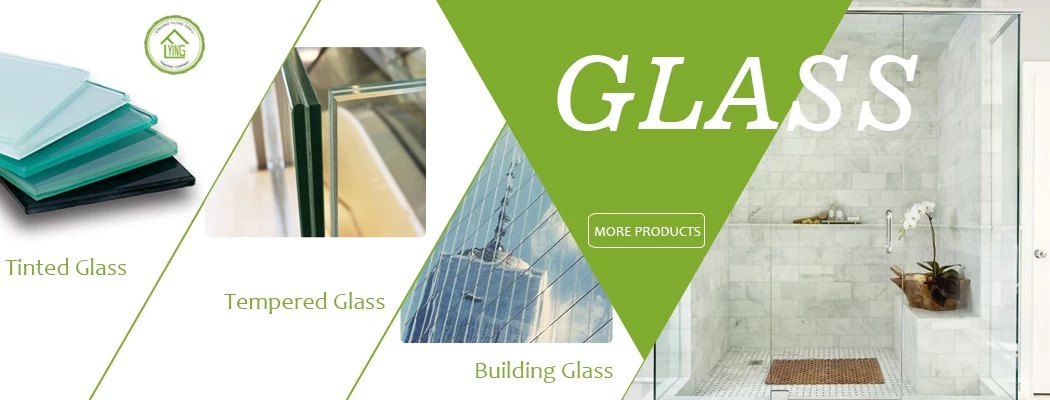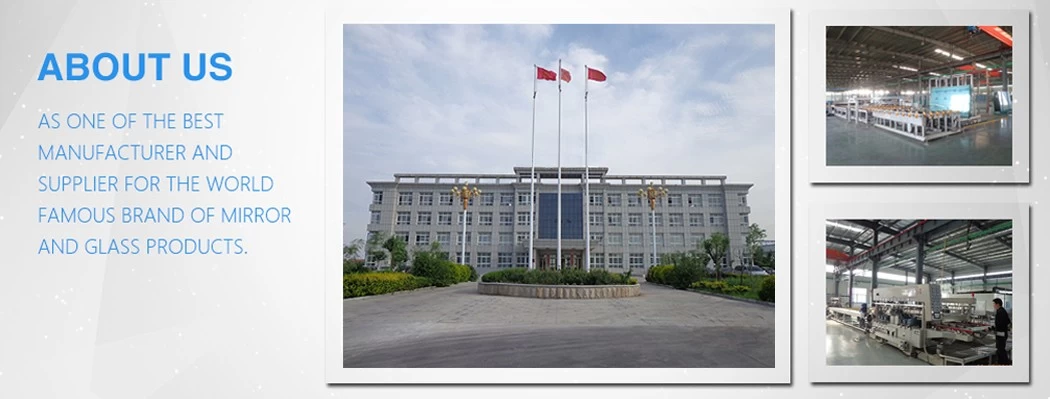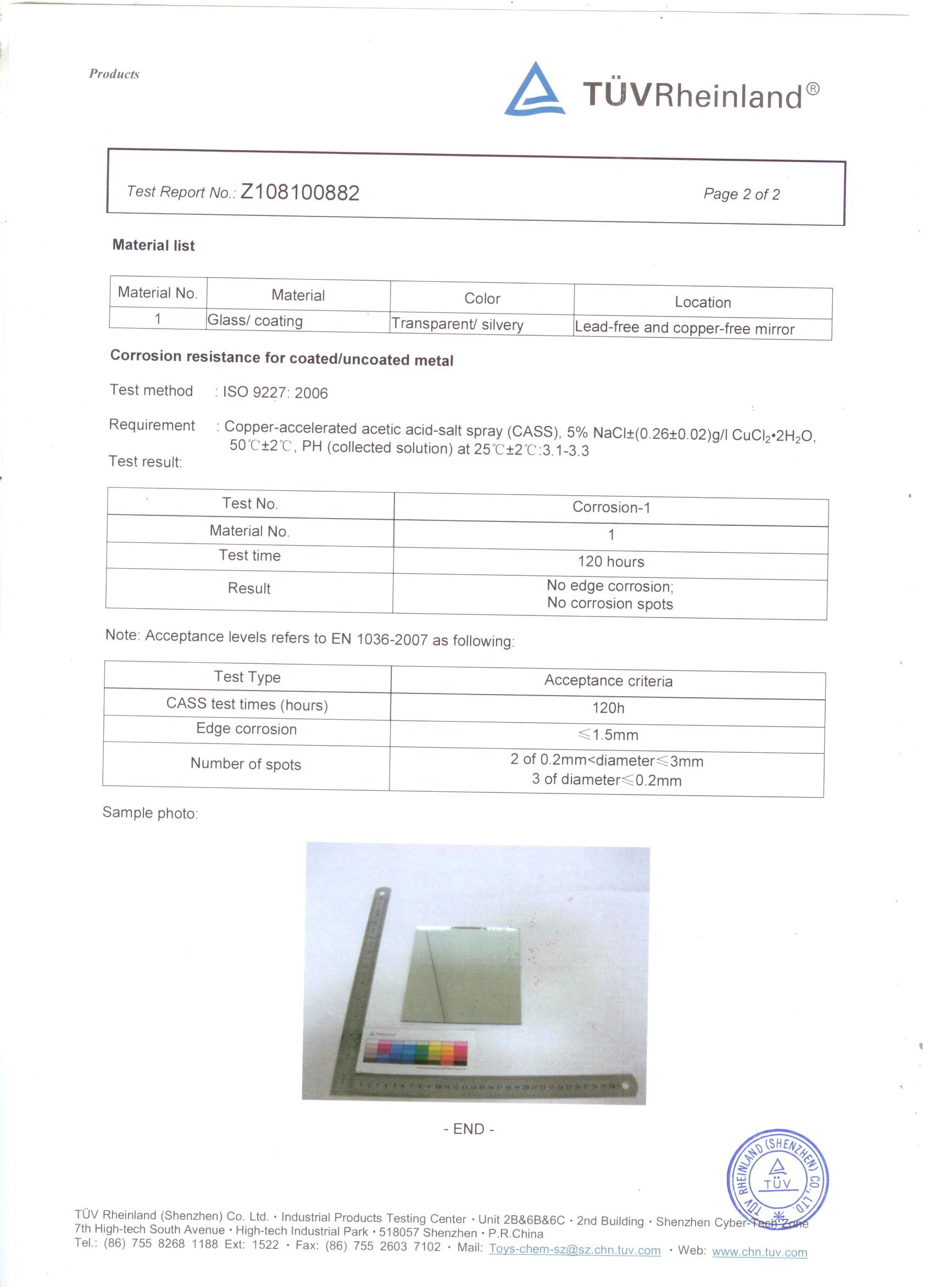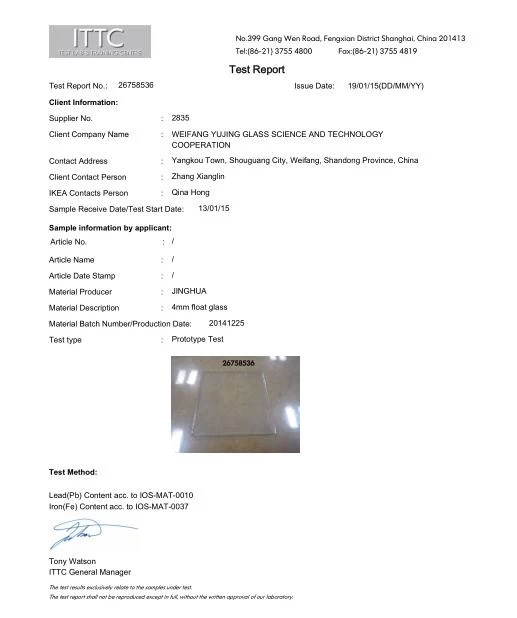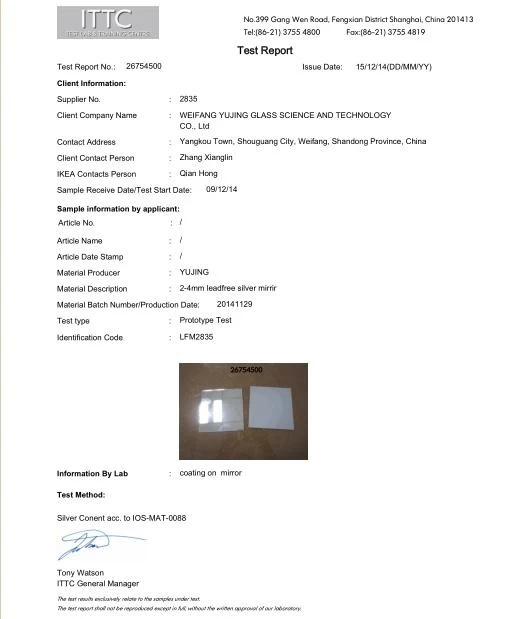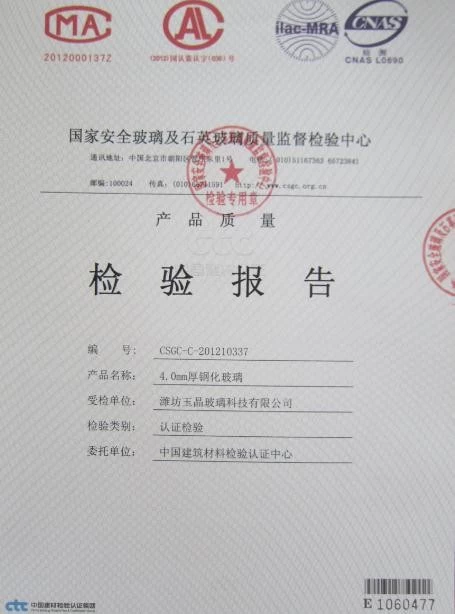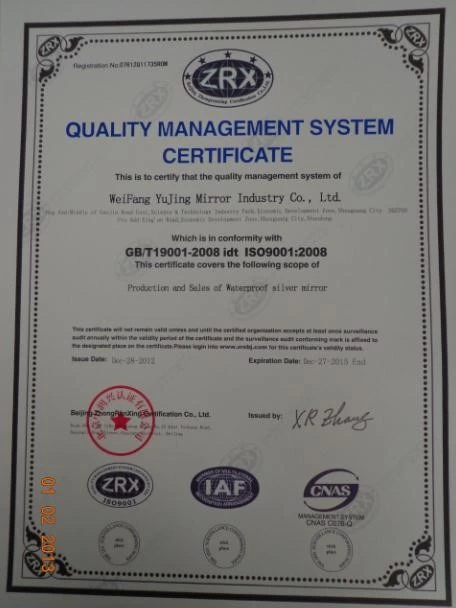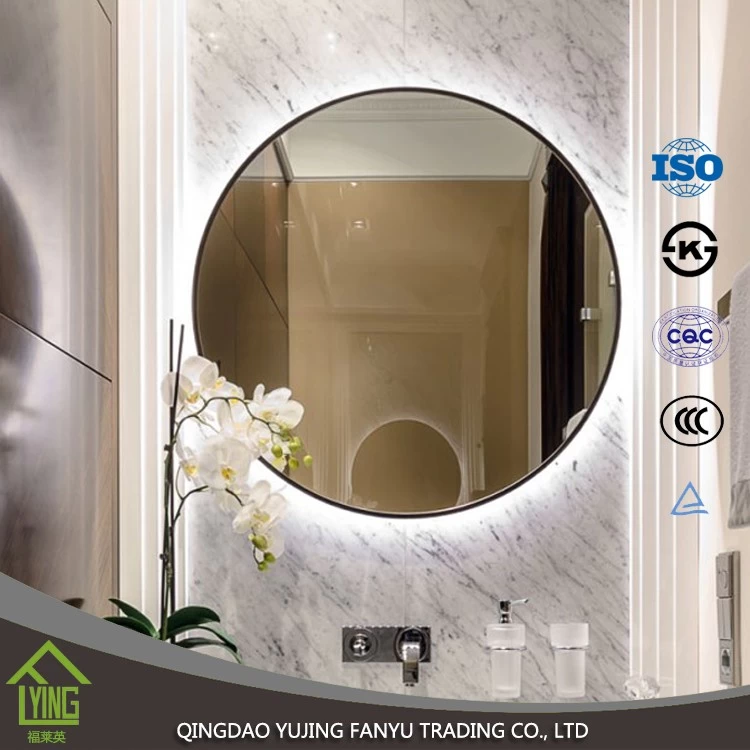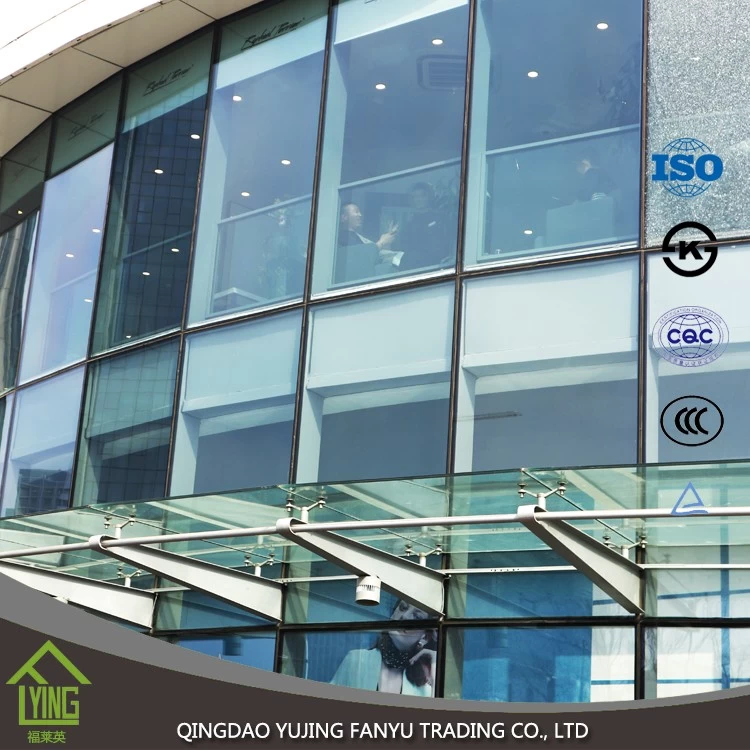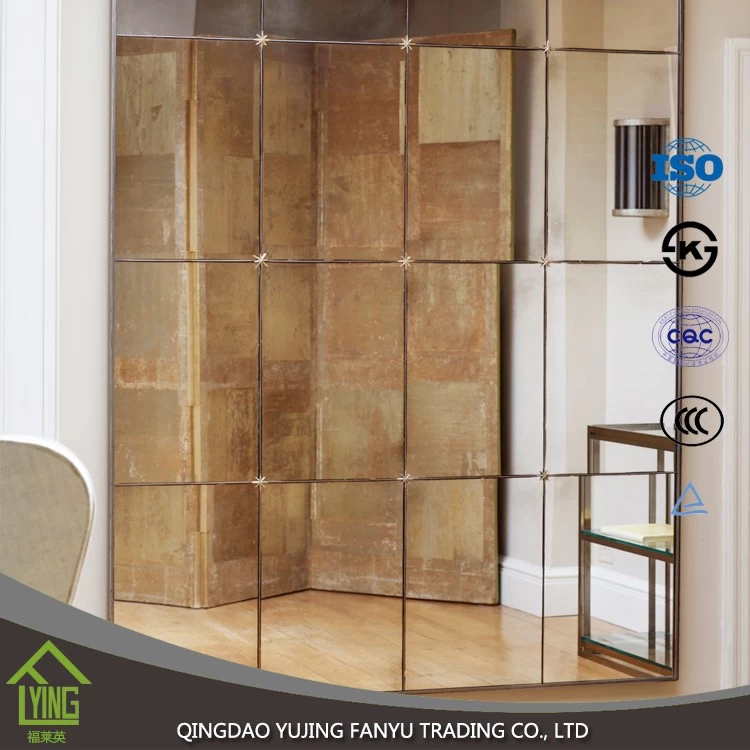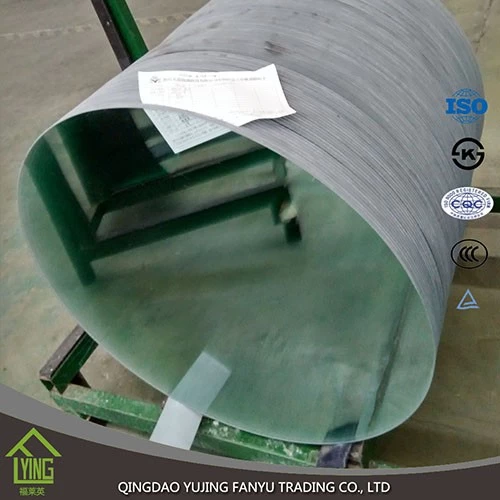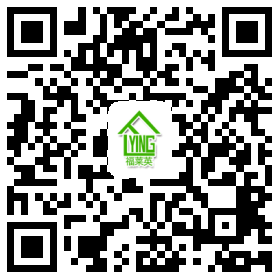Basic knowledge of glass
Fanyumaoyi
Www.chinamirrormanufact
2017-06-06 14:26:59
| Ancient human civilization is closely related to glass, but the Taiwan region in the history of the manufacture of glass is only a of the top and bottom, into the glass art production is only nearly 20 or 30 years. Compared with the hundreds of-year manufacturing experience of a lot of European glass producers, it can be said that we still have a budding start stage. Only glass art in the more advanced, more civilized countries are favored, China is about to step into the development of the country's forests, can expect the glass will gradually be loved and appreciation. Glass is a familiar material that is widely used in buildings, vehicles, furniture, mirror panels, interior decorations, automatic doors and so on, and our activities are closely related to the space, the following will be introduced glass raw materials, composition and content characteristics of the utility, raw material analysis and function, temperature, color, type, environmental protection and glass recycling and so on. The raw material of glass The main raw material of glass is silica sand and other chemicals combined, heating and melting. The general glass is silicon acid? The composition contains silicon, sodium, calcium, boron, aluminum and other oxides, through high-temperature melting formation, showing a crystal clear texture. Three composition and the effect of content characteristics 1. Glass forming organization: including silica sand, boric acid, etc. 2. Glass Rib Melt organization: Increase melting, reduce melting temperature, low chemical and long 3. Glass Stabilizer Organization: Increase chemical durability, and help melt organization to control the working characteristics of glass (viscosity, etc.) Raw Material analysis and function Silica Sand: Igneous rock by the collapse of the role of the porcelain, containing quartz grains, the main raw material for glass. Glass chip (broken glass): When making glass, glass ingredients into the melting furnace, will produce a lot of gas. The function of adding the glass chip is to prevent powder from flying and reduce the melting temperature of glass, which accounts for 30 batch. Boric acid (or borax): Reduce glass melting temperature so that glass has a low Peng-rise, chemical durability, heat and other advantages. Lime: Reduce the melting temperature of glass and a little chemical durability. Soda ash: Significantly reduce the melting temperature of the glass, but will increase the glass of the Peng, and reduce the durability of chemical. Other: Magnesium, potassium, zinc, aluminum isosceles oxide components of raw materials. Glass temperature 450 Celsius degree: Xu Leng 600 degrees Celsius: Glass has a falling phenomenon 700 degrees Celsius: can be baked bending glass will stick together 800 degrees Celsius: fusion flows like Mayan sugar. 850 degrees Celsius: shedding casting 900 degrees Celsius: blown 1000 degrees Celsius: brushed 1150 degrees Celsius: Embryo formation 1300 degrees Celsius: die-forming is nearly as soft as water. 1450 degrees Celsius: boiling point bubbling of melting points The color of the glass Former raw materials often contain impure, the glass produced more or less will have color, so tinted glass than the production of palladium-free glass has a long history. Today technology has been more understanding of how glass coloring, and more dedicated to the research and development of glass color. Many metal oxides can make glass stained. Different types and properties of glass (such as lead glass, borosilicate glass, etc.) have a difference in the effect of coloring. Ferric oxide: Green Olive Manganese oxide: Purple (sodium-lime glass, and formed in strong oxidizing state) Cobalt oxide: Very low content that will be stained with a lot of potassium glass-presents a pure blue, sodium or boron content of glass-showing a reddish blue Cupric oxide: sodium lime glass blue green Lead Glass Cuprous oxide: Ruby Red Selenium: Potassium-lime glass is a bright pink, sodium-lime glass with a brown pink, lead glass with gold in amber Glass type Containers: such as glass bottles for food coke, cosmetic bottles and medicinal glass bottles, table glass such as glasses, glass dishes and thermos, etc. Rationale: Chemical glass with heat-resistant glass, chemical resistance glass, thermometers, glass electrodes, medical glass and so on. Flat type: usually divided into one product and processing products, the first product contains a general flat glass window glass, embossed glass and special plate stained glass, wave-shaped glass, etc. processing products including tempered glass, glued glass. Building materials Category: Glass Building materials can include green spar, glass brick, plane cutting glass, glass furniture, glass products, crystal lighting, instant dimming glass and so on. Lighting categories: including glass bulb, lamp, lampshade, etc., widely used in life. Electronic categories: including ball glass-bulb, lamp, television image tube, etc., motor glass-insulating glass woven dimensions, electronic glass-line substrate, semiconductor components. Optics: Lenses and prisms for optical instruments including cat's eye, glasses, camera, telescope, etc. Environmental protection and recycling of glass 1. Change their material characteristics-pollution energy consumption: Glass industry in the process of melting glass raw materials, the production characteristics of its energy consumption, often the glass industry can maintain the key factors of survival. In this regard, in addition to the development of products must take into account the higher value of the market economy, but also to improve their combustion after the pollution. For example: the use of electricity, pure oxygen combustion, instead of natural gas, heavy oil, such as the combustion of the pollution components. 2. Recycling system Reuse Glass window has a sustainable, can be fully recycled use of the characteristics of the future in the use of environmentally-friendly materials in the concept of glass is bound to meet the future of environmental policy to promote the key points. For example: 1. Spring Pond Glass Recycling work for the promotion of the project. 2. Image Tube Recycling process. 3. Use glass empty bottle to create material for process.  |
